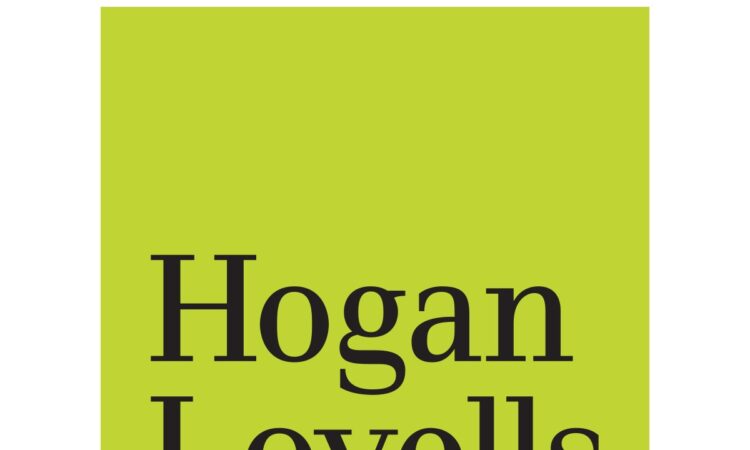
On 11 July 2023, the Luxembourg Chamber of Representatives approved a long awaiting draft law by the fund industry. The goal of these rules is to improve and modernise the Luxembourg toolbox for investment funds, and therefore to increase the attractiveness and competitiveness of the Luxembourg financial centre. It will affect the following pieces of legislation:
- The law of 17 December 2010 on undertakings for collective investment (the UCIs Law)
- The law of 15 June 2004 on investment companies in risk capital (the SICAR Law)
- The law of 13 February 2007 on specialised investment funds (the SIF Law)
- The Luxembourg law of 12 July 2013 on alternative investment fund managers (the AIFM Law).
- The law of 23 July 2016 on reserved alternative investment funds (the RAIF Law)
The most significant changes are the following.
Amendment of the definition of “well-informed investor”: Harmonisation of its definition in the SIF, SICAR and RAIF Laws. Moreover, the minimum investment threshold of EUR 125,000 will be lowered to EUR 100,000 to facilitate the raising of capital from non-professional investors.
Extension of the period during which the minimum capital must be raised for funds governed by the SICAR, SIF, RAIF Laws and UCIs Laws in order to adapt these laws to the needs of the market. It will be increased from 12 months to 24 months for SICARs, SIFs and RAIFs, and from 6 months to 12 months for Part II funds.
Extension of legal corporate forms available: Introduction of the possibility for a SICAV under Part II of the UCIs Law to adopt other corporate forms than the public limited company (SA) e.g., the corporate partnership limited by shares (SCA), the common limited partnership (SCS) or the special limited partnership (SCSp).
AIFM Law: Introduction of the possibility for AIFMs to have recourse to tied agents in the same conditions as those applicable under the UCIs Law. Where an AIFM appoints a tied agent, the AIFM will be subject to the same obligations as credit institutions and investment firms appointing a tied agent in accordance with article 37-8 of the law of 5 April 1993 on the financial sector. In addition, the new law will operate the cleaning up of some definitions within the AIFM Law.
Rules on withdrawal of depositary: Clarification of the consequences of not having appointed a new depositary within the notice period provided in the depositary agreement in the SICAR, SIF and UCIs Law. The notice period should allow sufficient time for the depositary to be replaced and, if a new depositary is not appointed by the end of this notice period, the CSSF will proceed with the removal of the concerned fund from the relevant official list.
Extension of the non-judiciary liquidation regime to AIFMs: The law introduces new rules on the voluntary liquidation of AIFMs and aligns the existing regime from the UCIs Law with the new regime. It provides that, for the liquidation purpose, the AIFM is deemed to exist after the dissolution, that the liquidators must be approved by the CSSF and that the decision to liquidate taken by the AIFM can only take place once all management activities have stopped.
Modernisation of the subscription tax regime: The new law aims to support the development of the new European products such as ELTIFs and Pan-European Personal Pension Product (PEPP). It will provide for an exemption from the subscription tax for the SIFs, RAIFs and Part II funds if they are structured as an ELTIF or as a PEPP. In addition, the amendments to the existing sectoral laws will clarify the subscription tax exemption regimes applicable respectively to funds of funds and to money market funds. The new provisions also align the subscription tax exemption for pension funds established under the UCIs Law with the more flexible rules that already apply to SIFs and RAIFs.
Next steps
Once published in the Luxembourg Official Gazette (The Mémorial), the new rules will enter into force three days later.
References
(1) ELTIF: European Long-Term Investment Fund






